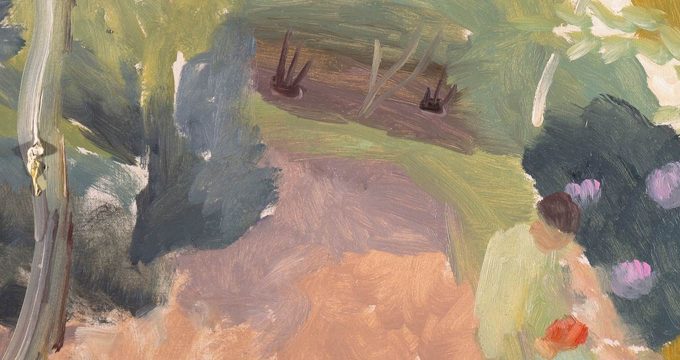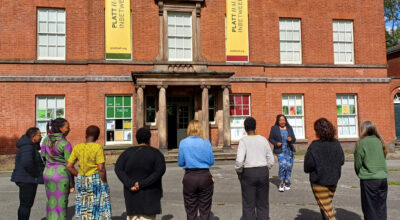Manchester Art Gallery’s Health and Wellbeing programme is centred on using our collection and exhibitions to start conversations. Conversations about art, mental health and what it means to be human. Through these conversations we make connections between the artwork, our lives and experiences and with each other. In our community workshops we talk, share, discuss and listen. In my role, the most important one of these is listening.
Art, People and the Power of Listening
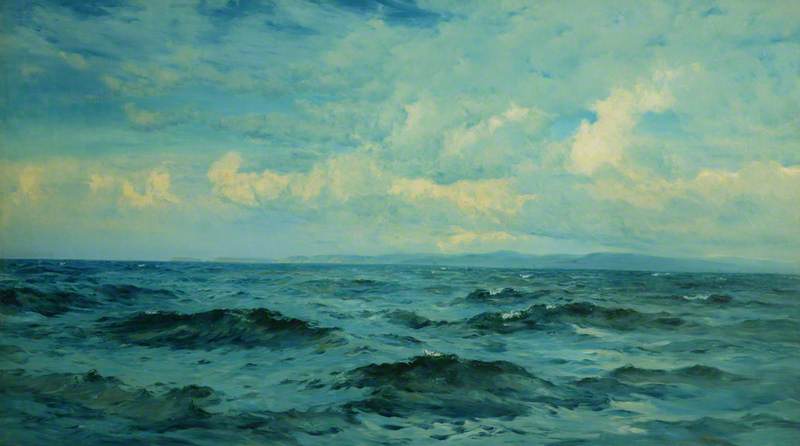
My father, a barber, understood the power of listening. I learnt from him how important it is. ‘The barber is the working man’s psychiatrist.’ he would tell us. His customers ranged from American Diplomats to members of the paramilitaries and everyone in between. I would ask him what sorts of things people told him while they were ‘on the chair’; he would never disclose. It was sacrosanct.
Whatever you say, say nothin’
Men told him things they wouldn’t tell their wives, or even their priest. At the height of The Troubles, he said some of the things he heard made the hair on the back of his neck stand up. But he knew that the barbershop was one of the few spaces that men felt comfortable enough to talk about serious stuff. And so, he listened.

Saturday job
I worked in his barber shop every Saturday from the age of 14 for a few years. I’d stand at the till waiting to take payment from customers and I watched how he listened. The first time I saw it, I was struck by how physical it was. Standing behind the chair, looking at the customer in the mirror, listening intently. The hair cutting had stopped; something important was being said. A stillness came over him as the man in the chair spoke. The look on my Dad’s face, focused but not intense, empathetic without being patronising. And when it was his turn to speak, they listened back.
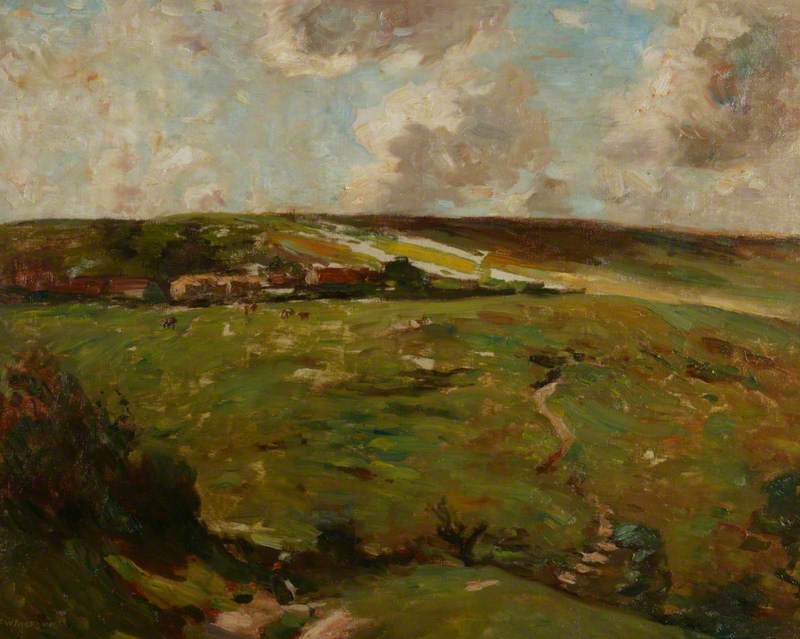
The impact on wellbeing
Not every customer interaction was like this of course, most of the time it was small talk or no talk at all but every now and again I could tell he was having a real conversation. I learnt a lot about the importance of listening on those Saturdays. Men walked out lighter than when they walked in.

Art as healing
Being heard, sharing our stories with all our flaws and vulnerabilities, and having that story met with kindness is one of the greatest experiences we can have for our mental health. Over my years as Health and Wellbeing Manager I have heard people’s stories. When you gather a group of individuals in front of an artwork and ask them what they think of it, you’d be surprised by what comes out. The lives being lived, the perspectives, the personal histories. It’s all in there.
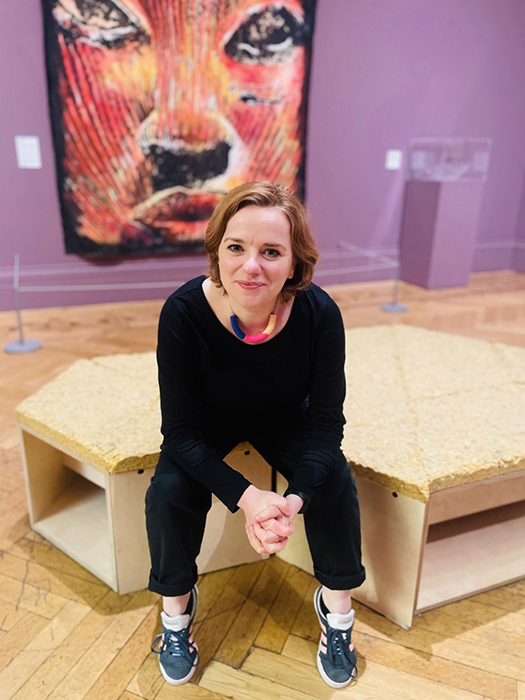
So long…
Today is my last day at Manchester Art Gallery after 18 years of service. Through the health and wellbeing programme here we have offered some of Manchester’s most vulnerable residents a non-judgmental space where they’ve learnt health and wellbeing skills. A space where they feel like they belong. A free public building where they know they are welcome and can drop by whenever they need it.
In some small way, I hope I have helped people walk out of our gallery doors a little lighter than when they came in.
It’s been a privilege in my job to hear what the people of Manchester think about our artworks because really what they’re sharing with me is their story. They’re sharing a piece of themselves.
And so, like my father, I listened.
– Louise Thompson, Health and Wellbeing Manager
Louise leaves Manchester Art Gallery today and goes on to work as a freelance Museums and Wellbeing Consultant. For more info visit mindfulmuseums.org

